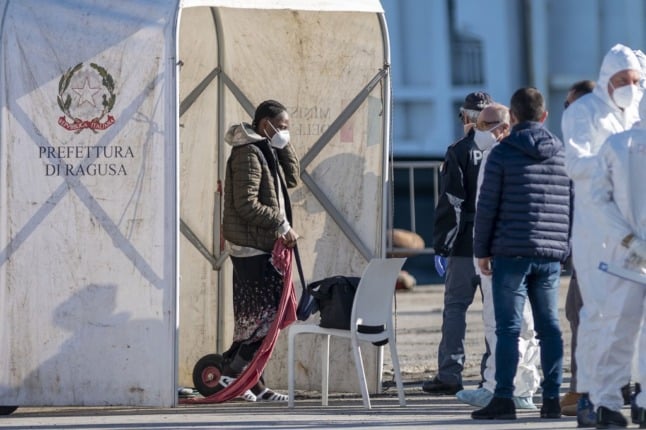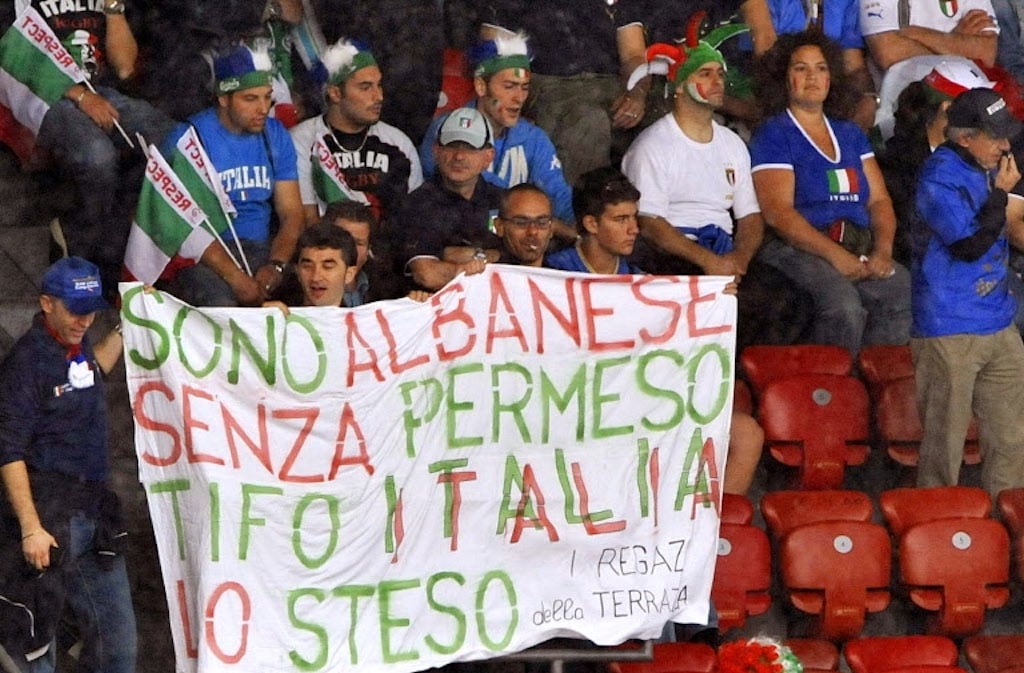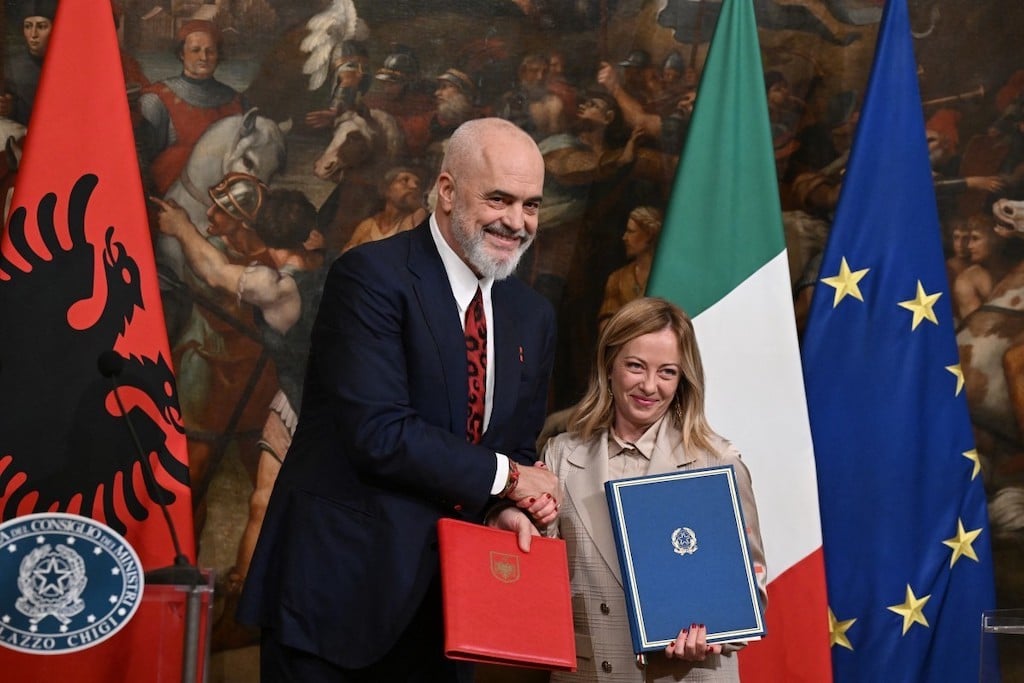“The Italian authorities have assigned the port of Pozzallo, Sicily as place of disembarkation for the Sea-Watch 3 (ship),” the German non-governmental organisation that runs it, Sea Watch, announced on Twitter.
“One week after our first rescue operation, the 440 rescued people on board will finally be allowed to go ashore.”
The rescue ship has been patrolling the sea off the Libyan coast since November 2017, one of several operated by non-profit groups to help often overcrowded and leaky vessels transporting migrants across the central Mediterranean into Europe.
Earlier this week, more than 500 migrants began disembarking in Sicily from the Geo Barents ship operated by Doctors Without Borders, after nearly two weeks at sea.
In total, 67,040 migrants have disembarked in Italy this year, according to interior ministry figures updated at 0700 GMT on December 31st.
This is a sharp increase on the 34,154 recorded last year, but well below the record set in 2016 of 181,436.
Across the wider region, the UN refugee agency estimates that 114,584 migrants have arrived by sea this year to Cyprus, Greece, Italy, Malta and Spain, in figures last updated on December 26.
The number of sea arrivals is greater than last year, with 95,031 recorded, but still far short of the over one million people who arrived by sea in 2015.






 Please whitelist us to continue reading.
Please whitelist us to continue reading.
Member comments